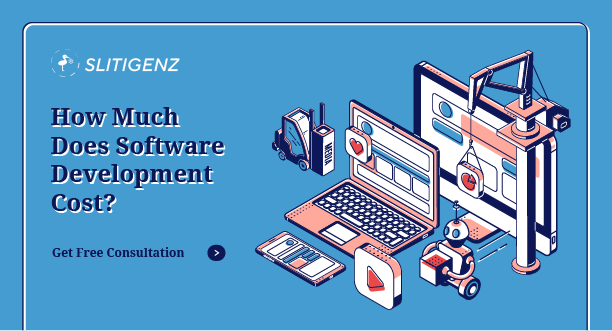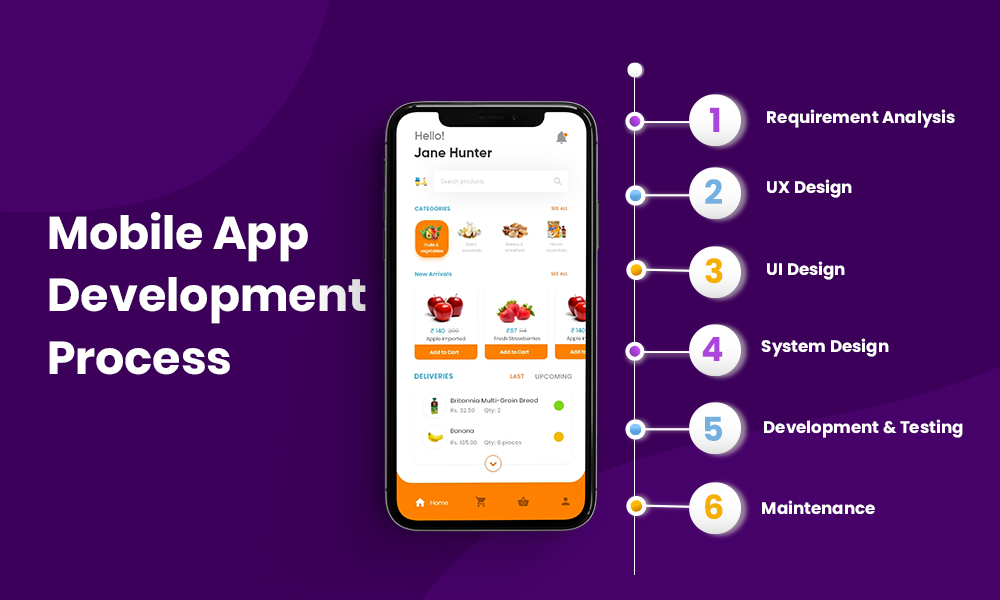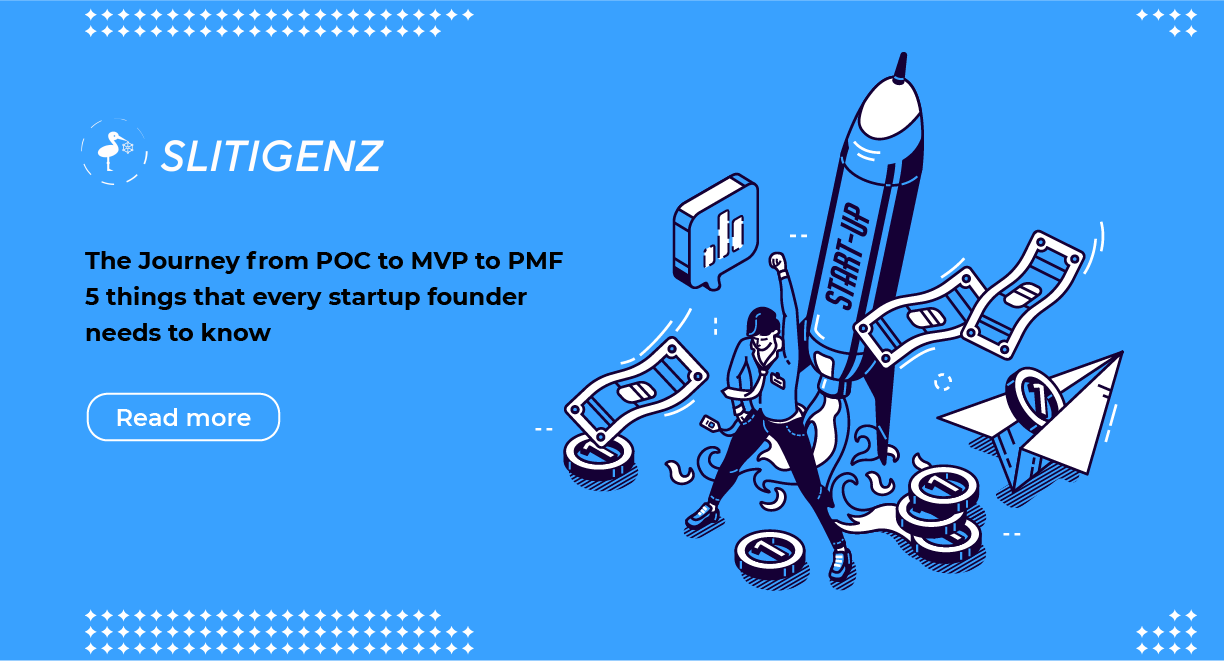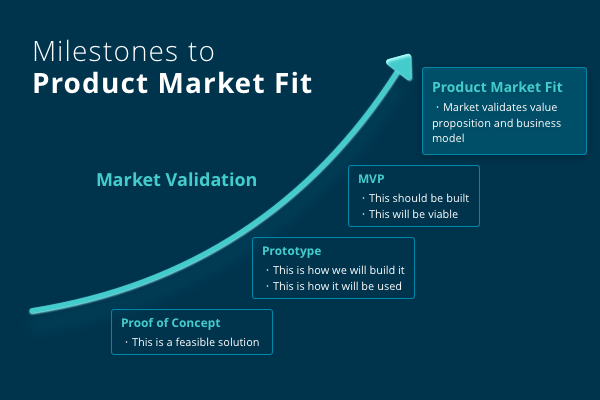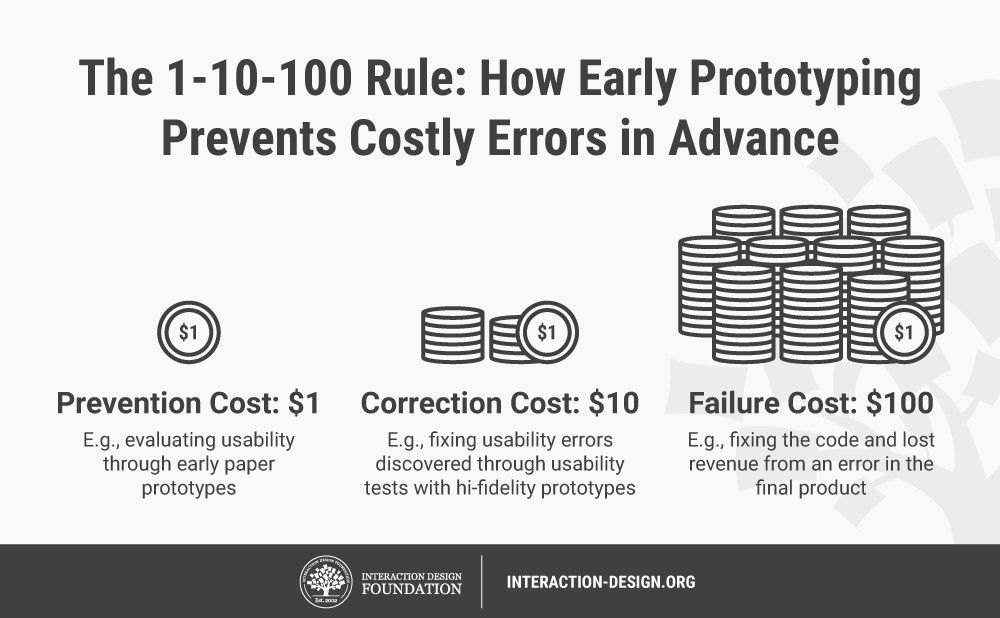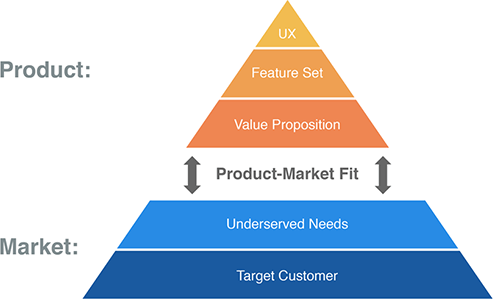We are delighted to announce that Slitigenz has been recognized as the top IT outsourcing firm by the esteemed SoftwareOutsourcing Journal. This prestigious accolade highlights our unwavering commitment to excellence, innovation, and client satisfaction in the realm of IT outsourcing.
A Tradition of Excellence
With a rich history of delivering top-notch IT solutions, Slitigenz has established itself as a leader in the industry. Our team of highly skilled professionals is dedicated to providing customized outsourcing services tailored to meet the unique needs of each client. This recognition is a testament to our dedication to maintaining the highest standards of quality and reliability in every project we undertake.
Comprehensive IT Services by Slitigenz
Slitigenz offers a wide range of services designed to address the diverse needs of our clients. Below is an overview of the services we provide, ensuring that businesses can rely on us for their complete IT outsourcing requirements.
1. Custom Software Development
At Slitigenz, we specialize in developing custom software solutions that are tailored to the specific requirements of our clients. From initial concept to final deployment, our team works closely with clients to deliver innovative and scalable software solutions that drive business growth.
2. Web Development and Design
We offer professional web development and design services aimed at creating engaging and user-friendly websites. Our team leverages the latest technologies and industry best practices to deliver visually stunning and fully functional websites that help businesses stand out in the digital landscape.
3. Mobile App Development
In today’s mobile-centric world, having a mobile app is essential for businesses to stay competitive. At Slitigenz, we specialize in developing custom mobile applications for both iOS and Android platforms. Our mobile apps are designed to enhance user engagement, streamline business processes, and drive revenue growth.
4. Cloud Computing Solutions
We provide comprehensive cloud computing solutions that enable businesses to leverage the power of the cloud. From cloud migration and deployment to ongoing management and support, we help businesses harness the scalability, flexibility, and cost-efficiency of cloud technology.
5. Data Analytics and Business Intelligence
Our data analytics and business intelligence services empower businesses to make data-driven decisions and gain valuable insights into their operations. We offer advanced analytics solutions, including data visualization, predictive analytics, and machine learning, to help businesses unlock the full potential of their data.
6. IT Consulting and Strategy**
We offer strategic IT consulting services aimed at helping businesses align their IT initiatives with their overall business objectives. Our team of experienced consultants works closely with clients to develop customized IT strategies that drive innovation, improve efficiency, and maximize ROI.
Looking Ahead
Being named the top IT outsourcing company by the SoftwareOutsourcing Journal is a significant honor and serves as a motivation for us to continue pushing the boundaries of what is possible. We are committed to sustaining our legacy of excellence and are excited about the future opportunities that lie ahead. Slitigenz will continue to innovate, adapt, and deliver outstanding IT outsourcing services that help our clients achieve their business objectives.
Conclusion
We extend our heartfelt gratitude to the SoftwareOutsourcing Journal for this significant recognition. We also thank our dedicated team and valued clients, whose trust and collaboration have been instrumental in our success. As we celebrate this achievement, we remain focused on our mission to provide unparalleled IT outsourcing solutions and to be a trusted partner in our clients’ journey towards digital transformation.
For more information about Slitigenz and our services, please visit our website or contact us directly. Together, let’s continue to achieve great things in the world of IT outsourcing.
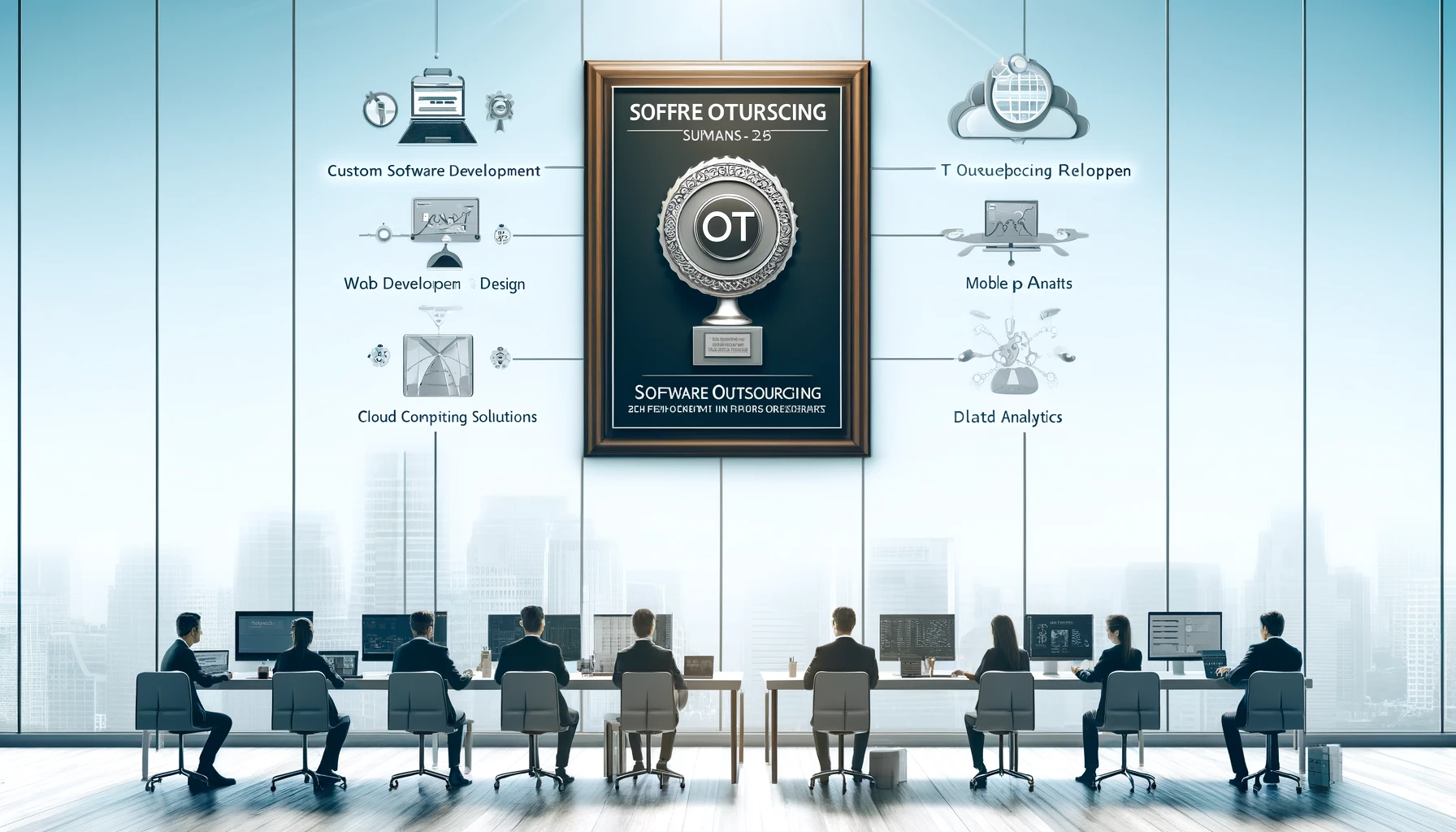
We are delighted to announce that Slitigenz has been recognized as the top IT outsourcing firm by the esteemed SoftwareOutsourcing…

2022 sparked the AI revolution, 2023 saw it infiltrate the business world, and now, in 2024, we’re at the brink…
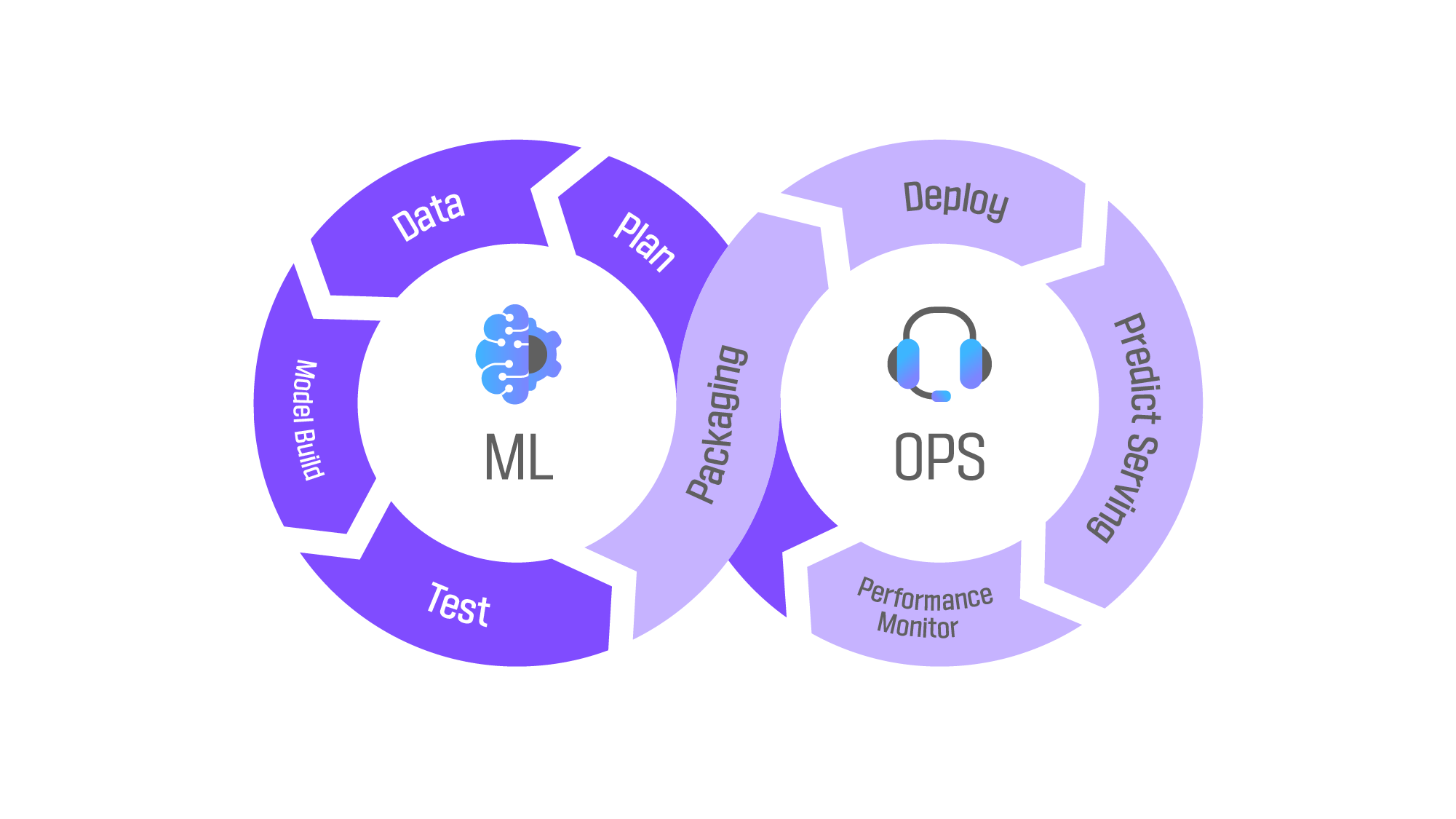
Hey there! Ever wondered what the buzz around MLOps is all about? Let’s break it down! MLOps, short for Machine…

Whisper represents a cutting-edge neural network model meticulously crafted by OpenAI, designed to adeptly tackle the complexities of speech-to-text conversions.…


